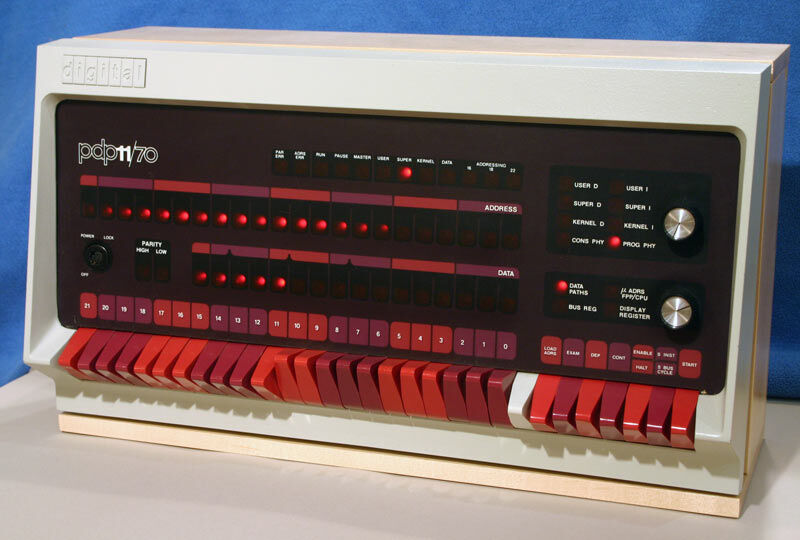Source: Ars Technica

Enlarge (credit: saccade.com)
The history of computing could arguably be divided into three eras: that of mainframes, minicomputers, and microcomputers. Minicomputers provided an important bridge between the first mainframes and the ubiquitous micros of today. This is the story of the PDP-11, the most influential and successful minicomputer ever.
In their moment, minicomputers were used in a variety of applications. They served as communications controllers, instrument controllers, large system pre-processors, desk calculators, and real-time data acquisition handlers. But they also laid the foundation for significant hardware architecture advances and contributed greatly to modern operating systems, programming languages, and interactive computing as we know them today.
In today’s world of computing, in which every computer runs some variant of Windows, Mac, or Linux, it’s hard to distinguish between the CPUs underneath the operating system. But there was a time when differences in CPU architecture were a big deal. The PDP-11 helps explain why that was the case.

